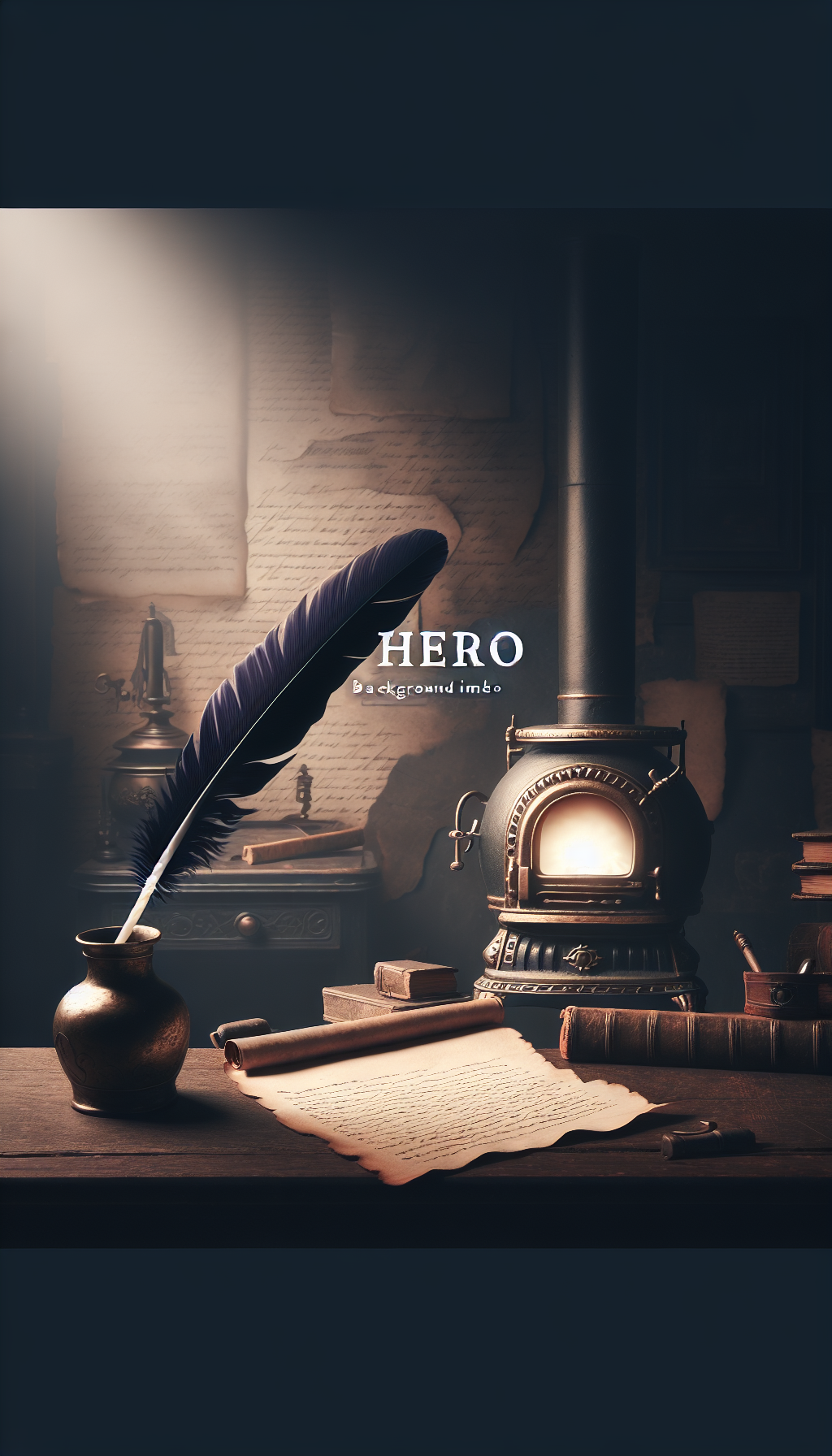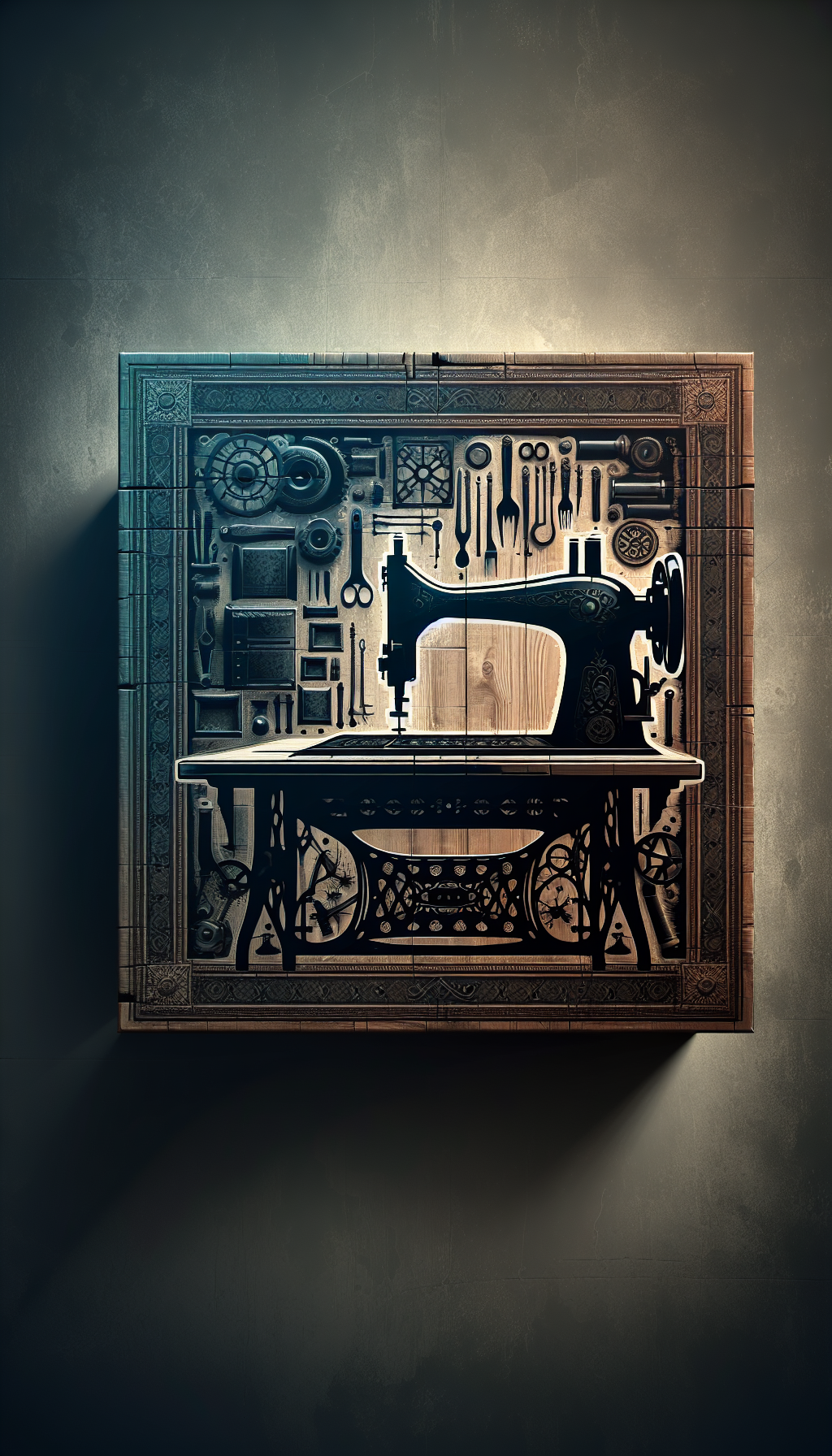Salvador Dali Spanish 1904 1989 Aliya Print
Collectors and appraisers often encounter the term “Aliya” (more accurately “Aliyah”) in connection with Salvador Dalí. It refers to a celebrated 1968 portfolio of 25 color lithographic prints commissioned to mark the 20th anniversary of the State of Israel. Because these works exist in multiple editions and are widely reproduced, careful identification is essential for accurate appraisal.
This guide explains what the Aliyah series is, how to differentiate editions and signatures, what to check for condition and authenticity, and how today’s market values the various forms of the prints.
What Collectors Mean by “Aliya/Aliyah”: Background and Context
Title and theme: “Aliyah, The Rebirth of Israel” is a sequence of 25 images after Dalí’s original mixed‑media paintings (gouache, watercolor, and ink). The imagery spans biblical allusions, the Jewish diaspora, immigration, kibbutz pioneers, and modern nationhood. The series title uses the Hebrew word “Aliyah” (ascent), commonly misspelled “Aliya” in English listings.
Commission and year: Commissioned and published in 1968 by Shorewood Publishers, New York, for Israel’s 20th anniversary.
Medium of the prints: Authorized color photo‑lithographs (often described as color lithographs or chromolithographs) after Dalí’s paintings. They are not hand‑drawn lithographs by Dalí on stone; rather, they are high‑quality, publisher‑produced prints authorized by the artist.
Format: Issued as a complete portfolio of 25 prints with a printed title sheet and colophon. Individual sheets were also separated and sold or gifted over time, so single images frequently surface.
Typical sheet size: Most examples measure approximately 25 x 18.5 inches (about 63.5 x 47 cm) including margins, with slight variation by printer batch and trimming.
Common marginal text: Many impressions carry tiny printed notations in the lower margin such as “© 1968 Shorewood Publishers, Inc., New York” and occasionally the image title printed below the composition. The printed “Dalí” signature often appears within the image (“signed in the stone”).
Editions, Paper, and Signatures: What Exists
Appraisal hinges on sorting the edition. You will commonly encounter:
Hand‑signed, numbered edition
- Pencil signature: “Dalí” in graphite at the lower right margin.
- Numbering: Fraction at the lower left (e.g., 123/250). Some sets are annotated with Hebrew letters in lieu of Arabic numerals. Notations such as EA/HC (épreuve d’artiste/artist’s proof) and Roman numerals may also exist.
- Paper: Fine wove paper, often watermarked (e.g., Arches). Deckle edges appear on some sheets.
- Colophon: Complete portfolios include a printed colophon page stating edition details.
- Value: Typically highest, as hand‑signed and limited.
Unsigned “exhibition” or standard publisher’s edition
- Signature: Only the printed (plate) signature within the image; no pencil signature in the lower margin.
- Numbering: Usually none.
- Purpose: Used for broader dissemination and exhibitions.
- Value: Lower than the hand‑signed, numbered edition, but collectible when in excellent condition.
Miscellany and later reproductions
- Open‑edition posters and later giclée/inkjet reproductions exist. These often omit publisher notations or imitate them loosely. They may bear spurious pencil signatures added later by third parties. These are of substantially lower value.
Note on edition size: Sources commonly cite a hand‑signed numbered edition around 250 sets, with additional proofs and a separate unsigned publisher’s edition. Because paperwork and numbering conventions vary, always rely on the specific colophon and physical evidence on the sheet you are appraising.
How to Authenticate an Aliyah Print
Follow a systematic workflow. The goal is not only to weed out fakes, but also to classify the piece into the correct edition.
- Confirm the series and image
- Count and title: If you have a complete portfolio, there should be 25 images plus a title sheet and colophon dated 1968. Single sheets often carry a printed caption or discreet publisher line. The imagery should be consistent with the Aliyah themes (biblical/Israeli history and immigration).
- Image quality: Genuine impressions show high‑grade photo‑lithographic color separations characteristic of the late 1960s, with crisp registration and stable inks.
- Inspect signatures and inscriptions
- Plate signature: Most sheets include a printed “Dalí” within the image. That alone does not confer higher value; it simply confirms the authorized image plate.
- Pencil signature: For hand‑signed examples, look for a fluid graphite “Dalí” at the lower right margin. Characteristics include a sweeping “D,” deliberate acute accent on the “í,” and consistent pressure. Beware shaky, hesitant, overly heavy, or pen/marker signatures; Dalí pencil signatures of the 1960s typically appear confident and were done in graphite.
- Numbering: Hand‑signed limited editions bear a fraction at lower left (e.g., 74/250). Hebrew‑letter portfolios exist; consult the colophon if present. Inconsistently inked or off‑style numbers can be red flags.
- Check paper and watermark
- Paper feel: Fine, relatively thick wove paper. Many hand‑signed examples are on Arches or comparable French mould‑made papers.
- Watermark: Hold to light; look for an Arches or similar watermark and, sometimes, an embossed stamp. Absence of a watermark does not automatically condemn the print, but increases the need for corroborating evidence.
- Deckle edges: May be present on one or more sides, depending on trimming and portfolio handling.
- Publisher marks and margins
- Look along the bottom margin for tiny printed lines such as “© 1968 Shorewood Publishers, Inc., New York.”
- Measure the sheet: Consistency around 25 x 18.5 inches is typical. Significant departures suggest trimming (which impacts value) or a non‑conforming reproduction.
- Magnification and ink
- Under a 10x loupe, expect a lithographic dot/rosette pattern from color separations typical of photolithography of the era. Inkjet prints reveal irregular spray patterns; offset posters of later decades may show different halftone characteristics.
- Colors should be saturated but not glossy. UV light can reveal later overpainting or retouching.
- Cross‑reference
- Catalogue raisonné: The Aliyah series is documented in Albert Field’s The Official Catalog of the Graphic Works of Salvador Dalí. While individual images carry catalogue references there, you don’t need the specific number to authenticate, but it helps to confirm titles and edition notes.
- Provenance: A portfolio case, original colophon, invoices from reputable galleries, and older appraisals support authenticity.
- Red flags
- Felt‑tip or ballpoint “signatures” in the margin.
- “Certificate of authenticity” from unknown sellers without matching physical evidence.
- Paper that is glossy, thin, or inkjet‑speckled under magnification.
- Sizes far from the known 1968 format.
- Dates after 1989 purporting to be hand‑signed by Dalí.
Condition, Conservation, and Value Impact
Condition moves the needle as much as edition status.
- Toning and mat burn: Common around the window opening from acidic mats; reduces value. Professional de‑acidification and museum‑grade hinging can stabilize, but stains may remain.
- Foxing: Brown spots from mold/iron contamination; moderate to severe foxing is a significant detractor.
- Light fade: Early aniline dyes can fade; compare exposed areas with those once protected by matting.
- Staining and moisture waves: Water damage or “tide lines” lower grade and value.
- Tears and losses: Edge tears can often be conserved invisibly; paper losses or intrusions into the image area are value‑heavy defects.
- Trimming: Missing margins or cropped publisher text markedly reduce desirability, especially for the hand‑signed edition.
- Hinges and tape: Old pressure‑sensitive tapes can stain and should be removed by a conservator; replaced hinges are preferable to cut‑off margins.
Conservation approach:
- Use a paper conservator experienced with 20th‑century lithographs.
- Treatments may include surface cleaning, washing, pH‑neutral buffering, light bleaching, and mending with Japanese tissue and wheat starch paste.
- Museum framing: 100% cotton rag board, UV‑filter glazing, reversible hinges, and spacers. Avoid dry‑mounting; it is irreversible and devalues the print.
Current Market and Pricing Benchmarks
Values vary by region, sale venue, and timing, but several patterns are stable:
Complete, hand‑signed portfolios (25 prints):
- In excellent condition with colophon: Typically command a strong premium. Market observations suggest a broad range from high five figures to the low/mid five figures depending on condition, paper, and documentation. Minor toning or sporadic foxing can reduce this markedly.
Single, hand‑signed, numbered prints:
- Depending on image popularity, sheet condition, and margins, commonly trade in the low to mid four figures per sheet. Top images or especially fresh examples can do better.
Unsigned publisher/exhibition impressions (plate‑signed only):
- Usually sell in the mid to high hundreds per sheet in good condition, occasionally higher for particularly sought‑after images or pristine examples.
Reproductions and later posters:
- Typically modest decorative value, often under the mid hundreds, regardless of add‑on “signatures.”
Market notes:
- Documentation (colophon, receipts), untrimmed margins, and strong, unfaded color correlate with better results.
- Beware of artificially low prices paired with implausible claims (“hand‑signed, edition of 5000”): the numbers and narrative should align with the known 1968 portfolio practice.
- Insurance appraisals often exceed auction realizations; use multiple comparables within the past 24 months to bracket value.
Documenting, Insuring, and Selling
Documentation to assemble:
- High‑resolution images of recto and verso; detail shots of signature, numbering, watermark, publisher line, and any condition issues.
- Measurements to the millimeter of image and sheet.
- Provenance notes and prior appraisals.
Appraisal strategy:
- Identify edition, match condition to a recognized grading rubric, and cite 3–6 recent comps with similar edition status and condition.
- If incomplete data (e.g., no colophon), state assumptions and lean on physical evidence.
Selling:
- For hand‑signed, numbered examples or complete portfolios, a reputable fine‑print dealer or a major auction’s prints department is usually optimal.
- For unsigned publisher impressions in good condition, specialized print auctions and focused online platforms can do well.
- Frame responsibly or ship unframed in archival materials; condition surprises at intake will affect reserve and outcome.
Quick Appraisal Checklist
Identify edition:
- Pencil signature at lower right? Y/N
- Numbering at lower left (Arabic or Hebrew letters)? Y/N
- Plate signature only? Y/N
- Colophon present for a portfolio? Y/N
Paper and print quality:
- Watermark (e.g., Arches) detected? Y/N
- Sheet size approx 25 x 18.5 in with full margins? Y/N
- Publisher line “© 1968 Shorewood Publishers, New York” or similar present? Y/N
- Clean, stable inks under magnification (no inkjet spray)? Y/N
Condition:
- No trimming, toning, foxing, or mat burn? Y/N
- No tears, creases, stains, or tape residue? Y/N
Market and documentation:
- Recent comps identified for same edition/condition? Y/N
- Provenance and prior paperwork available? Y/N
If you can check most boxes “Yes,” you likely have an authentic and properly classified Aliyah print, positioned for accurate valuation.
FAQ
Q: Is an Aliyah print an “original” Dalí lithograph? A: It is an authorized color photo‑lithograph after Dalí’s original paintings, published in 1968 by Shorewood. Dalí did not draw these directly on the stone; however, hand‑signed, limited edition impressions are considered original graphic works within the print market when issued under the artist’s authorization.
Q: How do I tell if my Aliyah is from the hand‑signed edition? A: Look for a graphite “Dalí” signature at the lower right margin and a fractional edition at the lower left (or Hebrew‑letter notation). If you only see a printed signature within the image and no pencil signature, you likely have the unsigned publisher/exhibition impression.
Q: What is the typical size, and does trimming matter? A: Around 25 x 18.5 inches including margins. Trimming that removes margins or publisher text markedly reduces value, even for hand‑signed prints.
Q: Do plate‑signed-only Aliyah prints have value? A: Yes, they are collectible when clean and untrimmed, but their value is usually lower than hand‑signed, numbered impressions. Condition and image choice still matter.
Q: Where can I find the edition details for my portfolio? A: In complete sets, consult the 1968 colophon sheet that came with the portfolio. For single sheets, rely on signature/numbering, paper, watermark, publisher line, and measurements. Cross‑reference with the Dalí graphic works catalogue by Albert Field for additional confirmation.
By aligning the physical evidence on your sheet with the publishing facts above—and by weighing condition honestly—you can place a Salvador Dalí Aliyah print confidently within today’s market.




